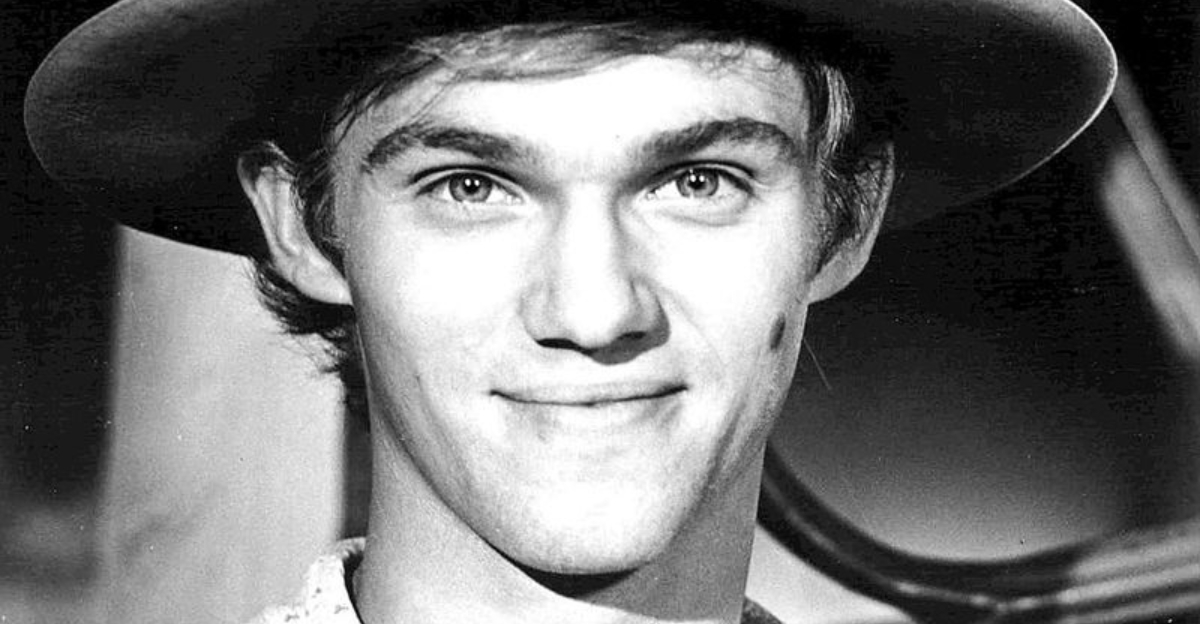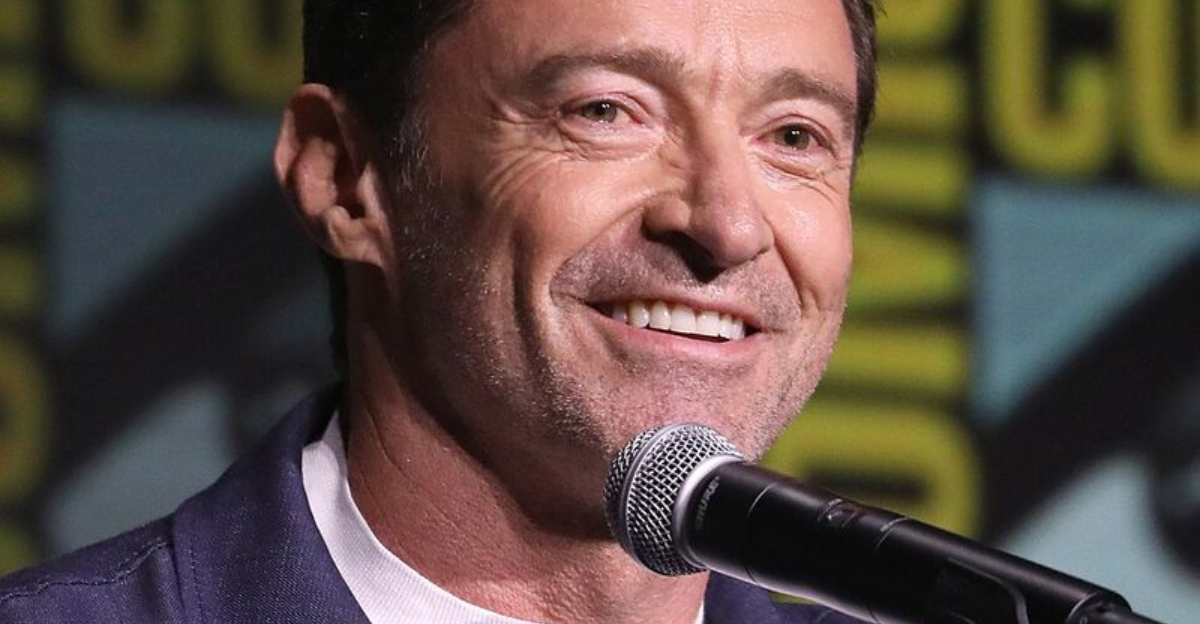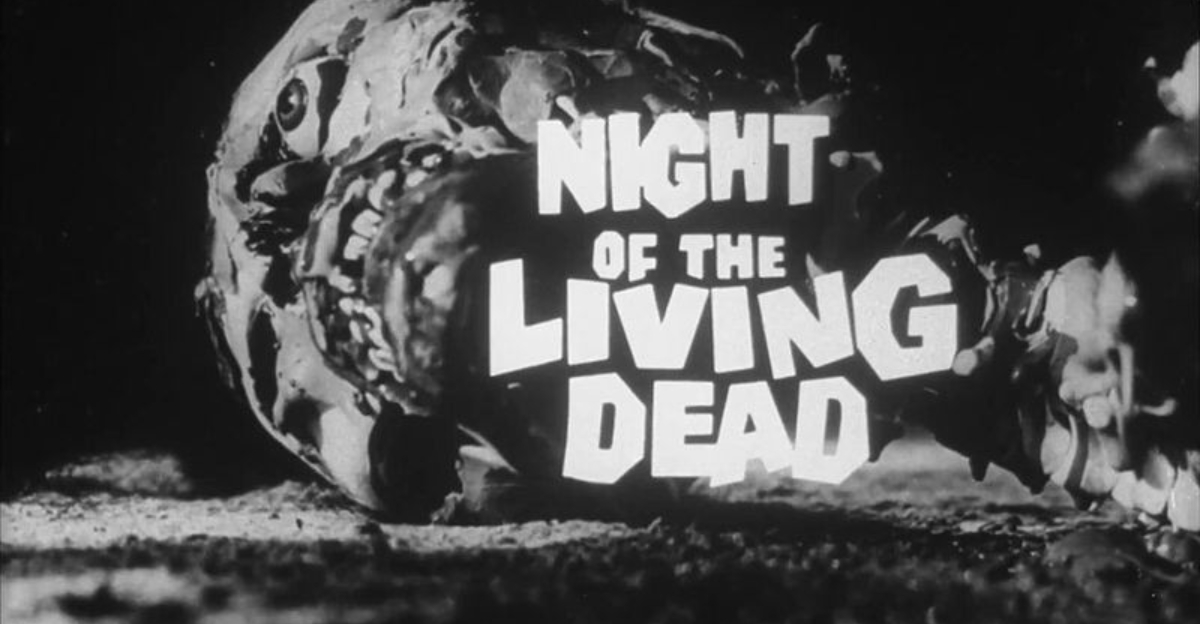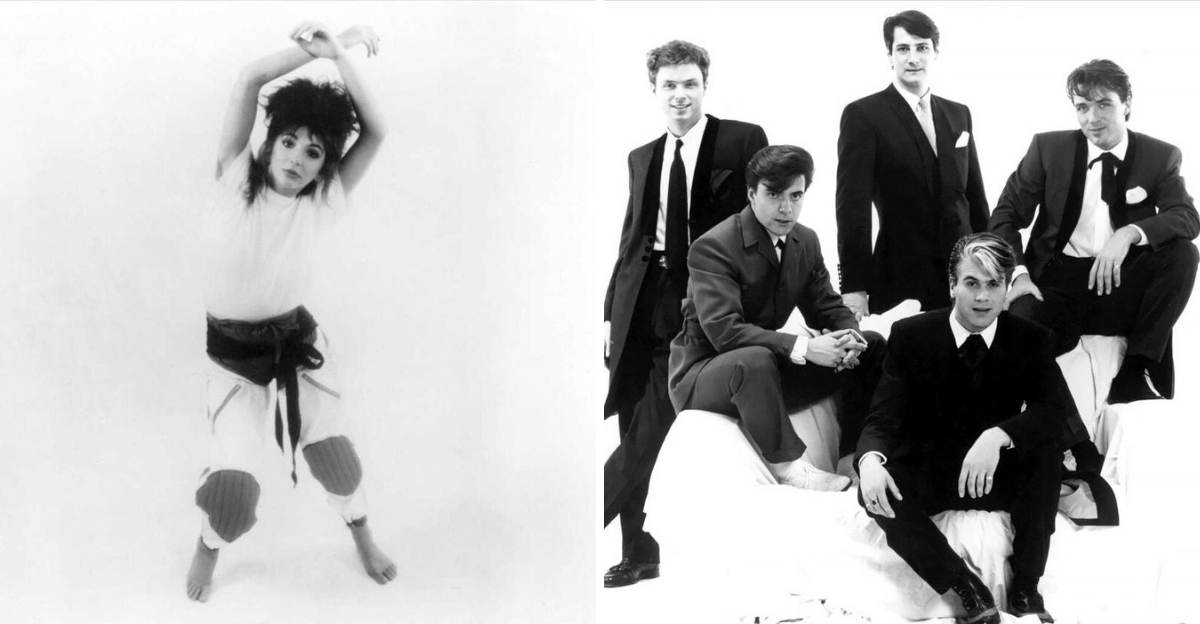17 Groundbreaking ’70s Albums That Redefined Their Era
The 1970s were a revolution in sound, a decade when artists stopped following rules and started creating new ones.
Studios became playgrounds for experimentation, and every genre – from rock and funk to folk and soul – found fresh ways to speak to the times.
Each one of these albums captured a piece of cultural lightning and turned it into timeless art. Decades later, their influence still hums through every speaker that dares to play them.
1. Rumours by Fleetwood Mac

When relationships fall apart, sometimes magic happens. This 1977 masterpiece captured a band tearing itself apart while creating pure gold.
Every song drips with heartbreak and tension, yet somehow it all sounds beautiful. The group recorded while romantic partnerships crumbled, channeling pain into timeless tracks.
Sales skyrocketed past forty million copies worldwide, making it one of history’s best-selling records ever.
2. The Dark Side of the Moon by Pink Floyd

Picture an album that stayed on charts for over fourteen years straight. Pink Floyd achieved exactly that with their 1973 psychedelic journey through life’s biggest questions.
Revolutionary recording techniques and philosophical lyrics created something listeners had never experienced before. Each song flows seamlessly into the next, forming one continuous sonic adventure.
The prism cover became instantly recognizable worldwide.
3. Led Zeppelin IV by Led Zeppelin

Four mysterious symbols replaced the band name on this 1971 release, creating rock’s most enigmatic cover. Nobody needed words to recognize the genius inside, though.
From the opening acoustic guitar to the thunderous drums, every track showcases different facets of rock perfection.
One particular eight-minute epic became the most-requested radio song ever, despite never being released as a single. Pure rock immortality achieved.
4. The Rise and Fall of Ziggy Stardust by David Bowie

Glam rock reached its pinnacle when Bowie introduced his alien rock star persona in 1972. The concept album tells a complete story about fame, apocalypse, and transformation.
Theatrical performances brought Ziggy to life onstage, blurring lines between character and creator. Makeup, costumes, and sexuality challenged everything mainstream rock represented.
5. A Night at the Opera by Queen

Operatic vocals meet hard rock guitars in this 1975 extravaganza that proved Queen feared nothing. The band spent months crafting their most ambitious work yet, layering hundreds of vocal tracks.
One six-minute track alone revolutionized what radio would play, blending opera, ballad, and headbanging rock into something unprecedented. Critics called it pretentious; fans called it genius.
6. Songs in the Key of Life by Stevie Wonder

Double albums usually feel padded, but Wonder filled every groove with brilliance in 1976. His creative peak resulted in twenty-one tracks exploring love, spirituality, social justice, and pure joy.
Synthesizers and traditional instruments blend effortlessly throughout, showcasing Wonder’s incredible versatility. The record debuted at number one, a rare feat proving its immediate cultural impact.
Multiple Grammys followed, surprising absolutely nobody.
7. Goodbye Yellow Brick Road by Elton John

Excess and emotion define this 1973 double album recorded in just two weeks at a French castle. Elton John and Bernie Taupin captured lightning in a bottle, creating seventeen diverse tracks.
Piano ballads sit alongside glam rock stompers, each one showcasing different musical personalities. The title track rejected fame’s false promises, ironically becoming one of John’s biggest hits.
Commercial and critical success arrived simultaneously, cementing superstar status.
8. Animals by Pink Floyd

Orwellian themes meet biting social commentary in this 1977 concept album. Pink Floyd divided humanity into dogs, pigs, and sheep, criticizing capitalism and conformity with brutal honesty.
Long, complex songs showcase the band’s instrumental prowess while delivering uncomfortable truths about modern society.
9. Blood on the Tracks by Bob Dylan

Divorce inspired Dylan’s most emotionally raw album in 1975, though he’d never quite admit it. Personal devastation translated into poetic brilliance, with lyrics dissecting relationships from every painful angle.
Recording happened in two different sessions, creating an album with dual personalities that somehow coheres perfectly. Fans consider it his greatest work since the sixties, a remarkable comeback.
10. Who’s Next by The Who

Synthesizers entered rock music properly when The Who released this 1971 powerhouse. Originally intended as an ambitious rock opera, the project morphed into something equally groundbreaking.
Keyboard loops and power chords created a futuristic sound that influenced generations of musicians. Each track delivers maximum energy, from anthem-like openers to introspective closers.
11. Hotel California by Eagles

California dreaming took a darker turn when this band delivered their fifth studio album in 1976. The title track became an anthem questioning American excess and empty promises.
Guitar solos that make your hair stand up meet lyrics about paradise turning into prison. Critics initially dismissed it, but fans made it a nine-times platinum smash.
That haunting final line still gives listeners chills.
12. Exile on Main St. by The Rolling Stones

Recorded in a French villa basement while dodging tax troubles, this 1972 double album sounds gloriously messy. The Stones embraced blues, country, gospel, and rock, blending everything into their grittiest work.
Songs feel loose and lived-in, capturing a band at their most raw and authentic. Initial reviews were mixed, but time revealed it as their masterpiece.
13. Aja by Steely Dan

Perfectionism reached new heights when Steely Dan spent months crafting this 1977 jazz-rock fusion masterpiece.
Session musicians delivered flawless performances across complex arrangements that still sound impossibly smooth.
Sophisticated harmonies and cryptic lyrics created music for grown-ups who wanted substance with their style. The production quality set new standards that engineers still reference today.
14. Off the Wall by Michael Jackson

Disco, funk, and pop collided when Jackson released his breakthrough solo album in 1979. Finally free from family band constraints, he showcased incredible vocal range and irresistible dance grooves.
Quincy Jones produced tracks that made standing still physically impossible, creating the blueprint for modern pop. Four top ten singles proved Jackson’s solo career would eclipse everything before.
15. Marquee Moon by Television

New York’s underground scene exploded into consciousness with this 1977 debut. Television proved punk could be both aggressive and sophisticated, featuring intricate guitar interplay over driving rhythms.
The ten-minute title track builds and releases tension masterfully, showcasing musicianship that separated them from simpler punk contemporaries.
Critics immediately recognized its importance, though commercial success remained elusive. Influence far exceeded sales numbers, thankfully.
16. Born to Run by Bruce Springsteen

Desperation and hope collide in this 1975 breakthrough that transformed a struggling musician into The Boss. Springsteen poured everything into creating an album that would save his career.
Big, cinematic production made small-town stories feel epic and universal. Working-class dreams and romantic escapes became anthems for anyone feeling trapped.
Critics declared it an instant classic, launching Springsteen onto magazine covers nationwide.
17. Paranoid by Black Sabbath

Heavy metal truly began when Black Sabbath unleashed this dark masterpiece in 1970. Doom-laden riffs and apocalyptic lyrics created something heavier than rock had ever heard before.
Recorded quickly but powerfully, the album captured raw energy that still sounds menacing decades later. The title track became an unlikely hit single, proving darkness could be catchy.






